Managing land effectively is a key part of farming, and one of the essential tasks in maintaining a well-functioning operation is Right-of-Way (ROW) shredding. Regardless of the size of your agricultural business, keeping pathways, field edges, and access roads clear is necessary for safety, efficiency, and environmental benefits.
Understanding ROW Shredding
ROW shredding is the process of cutting and clearing vegetation along designated pathways, such as farm roads, fence lines, drainage ditches, and utility corridors. This task is commonly performed using heavy-duty shredders or mowers designed to handle thick grass, brush, and small trees.
ROW shredding focuses on maintaining access routes and preventing unwanted vegetation from encroaching on crucial areas of the farm. By routinely shredding these sections, farmers can reduce weed infestations, minimize erosion, and create a more organized and accessible landscape.
Why ROW Shredding Matters
ROW shredding isn’t just about keeping things looking neat—it has practical, safety, and environmental benefits that can significantly impact your farm’s success.
1. Enhances Accessibility and Efficiency
Clear farm roads and pathways to ensure that tractors, harvesters, and other machinery can move freely without obstruction. Overgrown vegetation can make it difficult to access different parts of the property, slowing down operations and leading to costly delays. Keeping these routes clear allows for smooth transportation of goods, equipment, and personnel.
2. Reduces Fire Hazards
Dry grass and overgrown brush can become fire hazards, especially in areas prone to drought or high temperatures. ROW shredding helps reduce fuel for wildfires by keeping vegetation at a manageable level. This simple practice can be a critical step in protecting your property, livestock, and structures from potential fire damage.
3. Prevents Weed and Pest Infestations
Neglected ROW areas can quickly become breeding grounds for invasive weeds and pests. Uncontrolled vegetation often harbors rodents, insects, and plant diseases that can spread to cultivated fields. By keeping ROW areas shredded, farmers can limit these threats and prevent infestations from affecting their crops.
4. Supports Soil Health and Erosion Control
Overgrown ROW areas can contribute to soil erosion, especially along drainage ditches and embankments. When left unchecked, excess vegetation can obstruct water flow, leading to flooding or washed-out pathways. Shredding these areas helps maintain proper drainage and prevents soil from being carried away by heavy rains.
5. Improves Farm Aesthetics and Property Value
A well-maintained farm reflects professionalism and care. Whether you’re managing land for personal use or leasing to others, keeping ROW areas clear improves the overall appearance of the property. This attention to detail can also enhance land value, making it more attractive to buyers or business partners.
How Often Should ROW Shredding Be Done?
The frequency of ROW shredding depends on several factors, including climate, vegetation growth rate, and land usage. In general, most farms benefit from shredding ROW areas at least twice a year, typically in the spring and late summer. But in regions with rapid plant growth, more frequent shredding may be necessary to prevent overgrowth from becoming unmanageable.
Choosing the Right Equipment for ROW Shredding
Heavy-duty rotary mowers, flail mowers, and brush cutters are commonly used for ROW shredding. The choice of equipment depends on the type and density of vegetation present.
For thick brush and saplings, a powerful shredder with tough blades is ideal. For lighter grasses and weeds, a standard rotary mower may be sufficient. Investing in the right tools or hiring professional shredding services can save time and effort while ensuring a thorough job.
Contact A&G Weed Control for ROW Shredding Services!
Keep your land safe, accessible, and well-maintained with A&G Weed Control’s expert ROW shredding services. Contact us today!

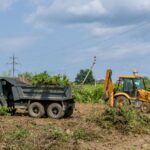
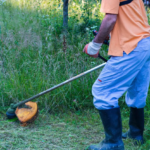
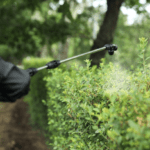
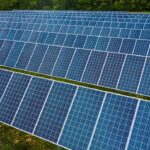
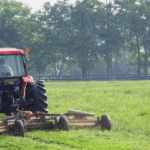
0 Comments